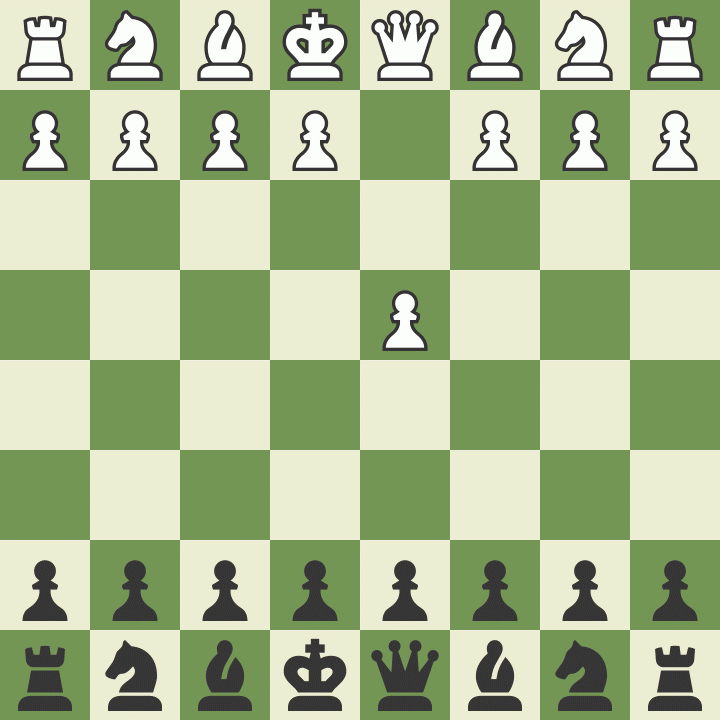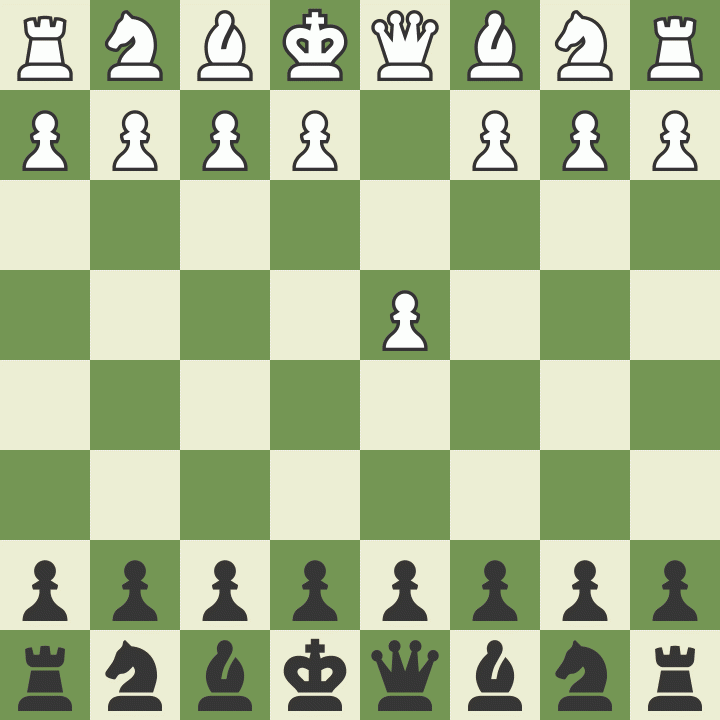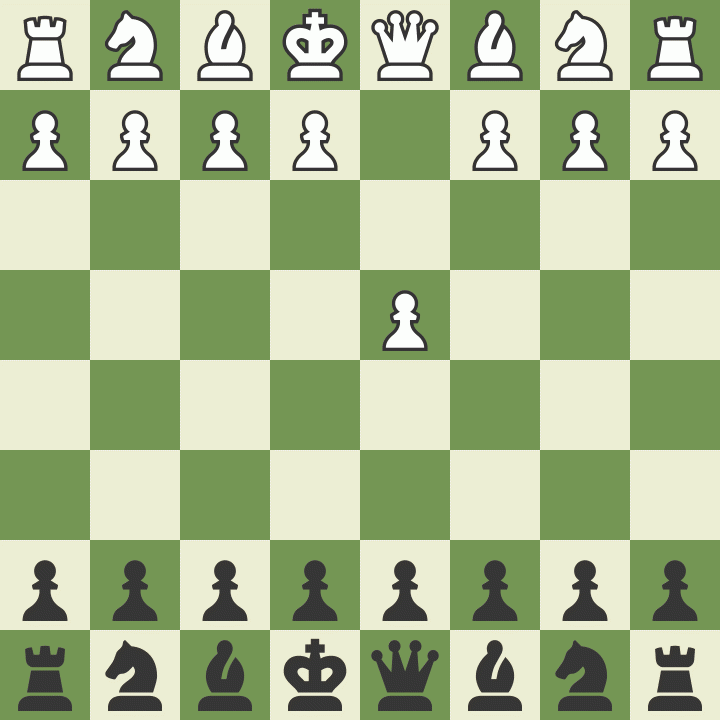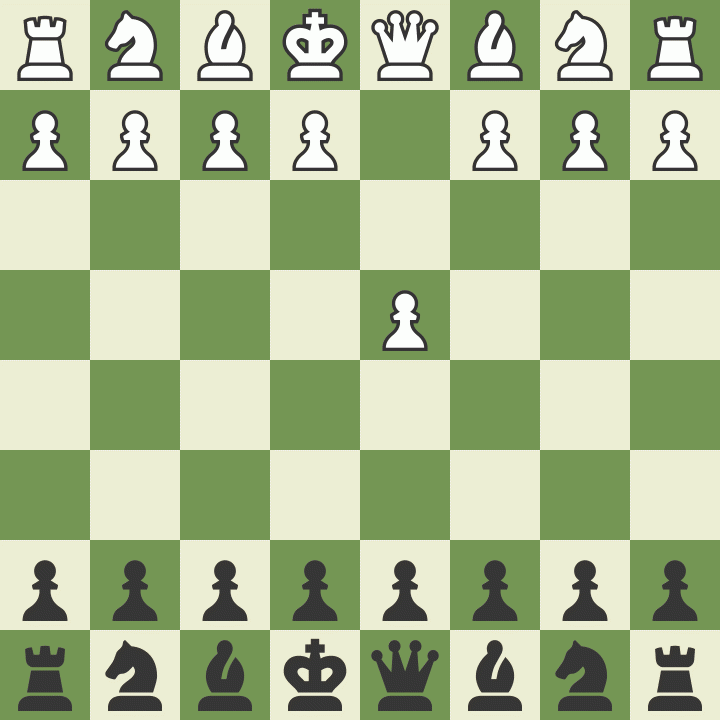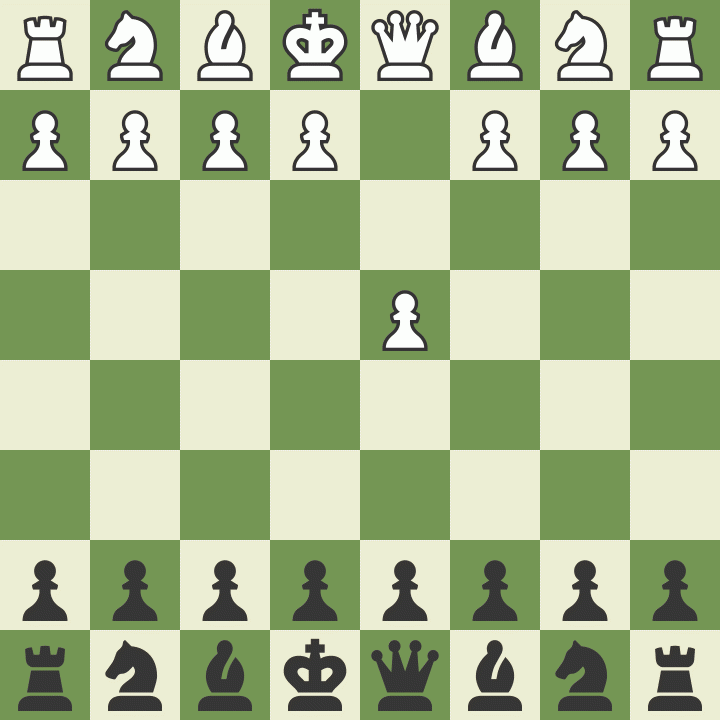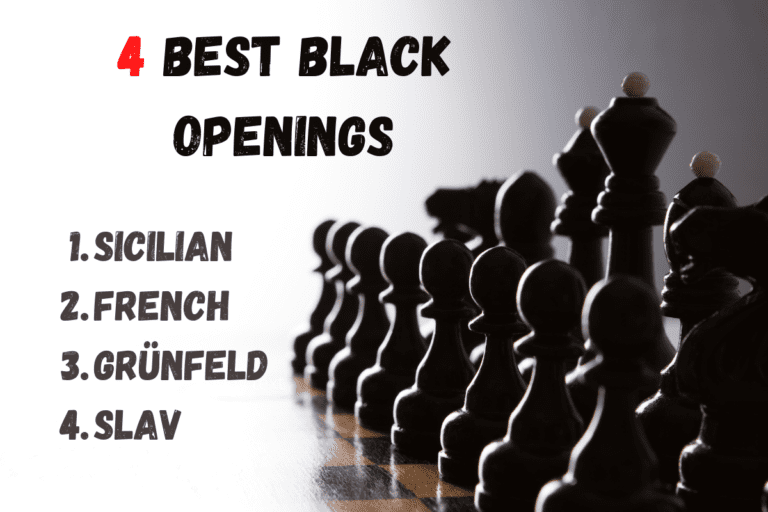The Slav Defense in Chess: Main Line, Variations and Counter Options
⭐⭐⭐ Take 5 minutes to read and improve your chess game ➡️ : This article was first published on, and is Copyright of Chessquestions.com
The Slav Defense 2… c6, is one family of popular defenses and popular openings against the Queen’s Gambit. What characterizes the Slav Defense is the move c6. The move was originally considered to be a less orthodox defense in the Queen’s Gambit, all in all, this opening has stood as an entire opening system for decades.
It should be noted that the opening belongs to the group of closed chess openings. A key to understanding this opening is that instead of locking in black’s light-squared bishop on c8 by making a move like nf6, it is best to support the center with the c-pawn push instead. Pawn structures become very important here.
Slav Defense Moves
Moves: 1.d4 d5 2.c4 c6
Slav Defense History
One of the most well developed openings for black, the Slav has been around since 1590, although it was not until the early 20th century that the exploration was extended and developed by the likes of grandmasters Alapin and Alekhine.
It is an interesting observation in chess history that the Slav defense was employed by 11 of the first 13 world champions. Endorsement indeed, of the effectiveness of the Slav defense in black’s opening options.
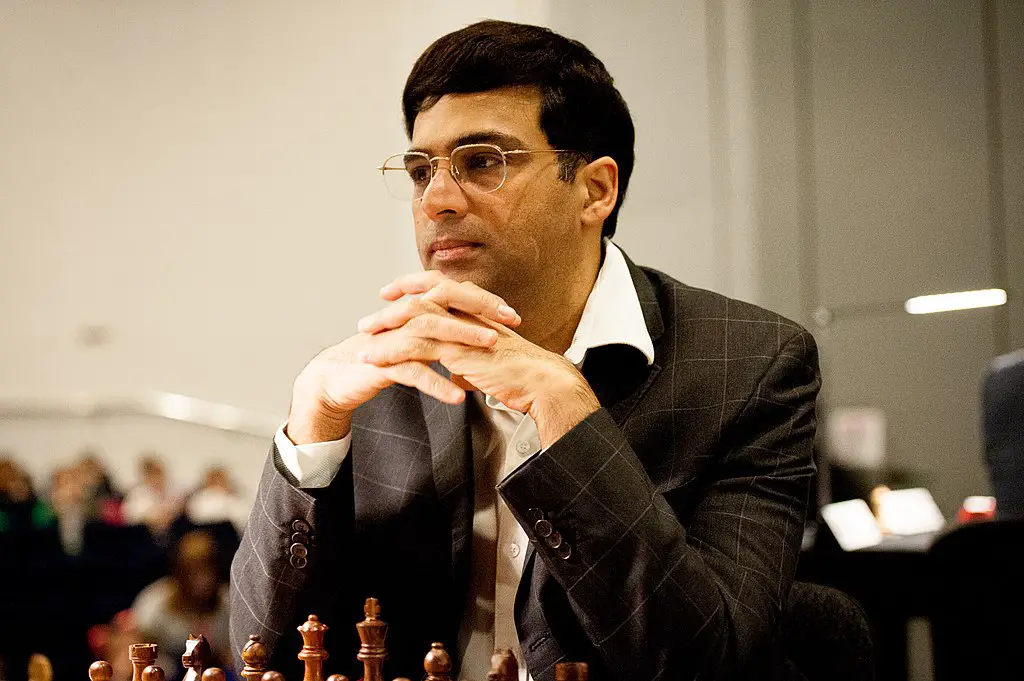
More latterly, Vishi Anand, Nigel Short, and other grandmasters have still been using the Slav, and in 2006, Vladimir Kramnik, used the Slav in all 8 of the games that he played black, using the Semi-Slav in two of those.
Why does the Slav defense matter?
The Slav Defense is arguably the most popular option in defense approach for Black in response to 1.d4 and has a reputation to be one of the safest responses against the Queen’s Gambit and a mighty weapon. It is very reliable at all levels, from beginners to strong players.
The benefit of this defense for a Slav player is that black fights for equality against white without creating a bad light-squared bishop which can be a downside to other defenses like the French Defense and the Queen’s Gambit Declined.
✅ Benefits of playing Slav Defense
- The Slav-Triangle is arguably the easiest defense to teach in the game of chess and it creates a very solid position to start from
- Black has the option to play with his light-squared bishop “outside the box”
- Once the bishop on c8 is developed, it is possible to play the pawn on e6.
- Black can take on c4 at some point and defend the extra pawn by playing b5.
⚠️ Possible disadvantages of Slav defense
- White has slightly superior winning rates than other common defenses
- The opening many times leads to highly positional closed games, which might not be suited for certain profiles
The Slav is Easy and Quick to Learn for Beginner
Should a beginner learn the Slav defense? Well, Slav is one of the easiest and quickest defenses to teach to a chess player.
Compared to other chess openings for Black against 1.d4 like the Grunfeld Defense, playing the Slav Defense doesn’t require a player to learn an infinite amount of theoretical lines.
In this opening, it is much more important to know the plans and key strategic ideas. The Slav Defense is a system; therefore, it can be reached by many move orders and the Slav setups can also be used against other White openings such as 1.c4 and 1. Nf3. This saves you a lot of time as you don’t need to study additional lines against 1.c4 and 1. Nf3.
Is the Slav defense Aggressive?
When playing black, aggression can often be counterproductive, but in the case of the Slav defense, it provides options.
Black does not always pose the Slav Defense looking for a calm game, but there are also ways to complicate the game and look for aggressive lines with solid variations.
Proof of this is the Winawer Countergambit (1. d4 d5 2. c4 c6 3. Nc3 e5 4. dxe5 d4 5. Ne4 Qa5+ 6. Bd2 Qxe5 7. Ng3 Nf6 8. Nf3 Qd6) but otherwise, the Slav is a very quiet defense.
The Semi-Slav Defense
The semi-Slav is targeted to be played as a system because it can be reached by a number of different move orders. Although it can be regarded to be a little bit passive, black can retain a solid center and a structure that is difficult to break.
Sem-Slav moves:
1. d4 d5 2. c4 c6 3. Nc3 Nf6 4. e3 e6 5. Nf3 Nbd7 6. cxd5 exd5
It is normally played by re-capturing the d pawn with the e pawn (1. d4 d5 2. c4 c6 3. Nc3 Nf6 4. e3 e6 5. Nf3 Nbd7 6. cxd5 exd5). It is strongly recommended to capture with the “e” pawn because it opens the line for the c8 bishop, otherwise, it would be harder to develop that piece.
The triangle system is also a good strategy for beginners in chess games, 1. d4 d5 2. c4 c6 3. Nc3 Black can respond with 3… e6. It is an ambitious variation, very robust and as a rule of thumb if Black achieves this structure without any concrete problems, is guaranteed a safe game.
Chebanenko Slav:
The Chebanenko line is reached after 1. d4 d5 2. c4 c6 3. Nf3 Nf6 4. Nc3 a6. A6 is a multi-purpose move, it reinforces the b5 square if white decides to capture in d5 and it opens the possibility to play b5 themselves. It is also known as the Chameleon variation
Schlechter Variation:
The Schlechter line is reached after 1. d4 d5 2.c4 c6 3. Nf3 Nf6 4. Nc3 g6, black is not committing to play e6 and comes with the benefit of freeing the c8 bishop. Moreover, black would like to trade that bishop due to their majority of pawns being in white squares.
A recommended line played by grandmasters follows 1. d4 d5 2. c4 c6 3. Nf3 Nf6 4. Nc3 g6 5. e3 Bg7 6. Bd3 O-O 7. O-O Be6, even though breaking an opening principle (do not block your central pawns with pieces), it creates a unique blockage difficult to break. For example, an immediate knight g5 can be responded with bishop g4 forcing white’s queen to find another square. If f3 is played, his pawn chain gets weakened.
How do you Counter the Slav Defense?
Many players have learned the Queens Gambit as an opening for white, and for beginners, when you play you should be aware of the Slav Defense, and be prepared for how to play against it.
There are different ways to try to combat this, the suggested line in this article is the Exchange Variation: (1. d4 d5 2.c4 c6 3. cxd5 cxd5 4. Bf4 Nf6 5. e3 Nc6 6. Nc3)
From this position, there are some bullet point ideas, some related to the kingside, for example, Complete development and castle kingside. A knight in the outpost e5 could be a liability with further support with a pawn on f4.
There are two ways to break the position: to start an avalanche of pawns to attack the enemy king and there are also possibilities to play queenside, like advancing the pawns to a3 and b4. This leaves room for the knight on c3 to conquer c5 via a4-c5
Summary:
The Slav Defense is a chess opening that is good for beginners to learn. It is a system that can be reached by many different move orders, and black can play aggressively or defensively depending on the situation. The Chebanenko line and the Schlechter variation are two popular lines that black can play and are worth studying.


